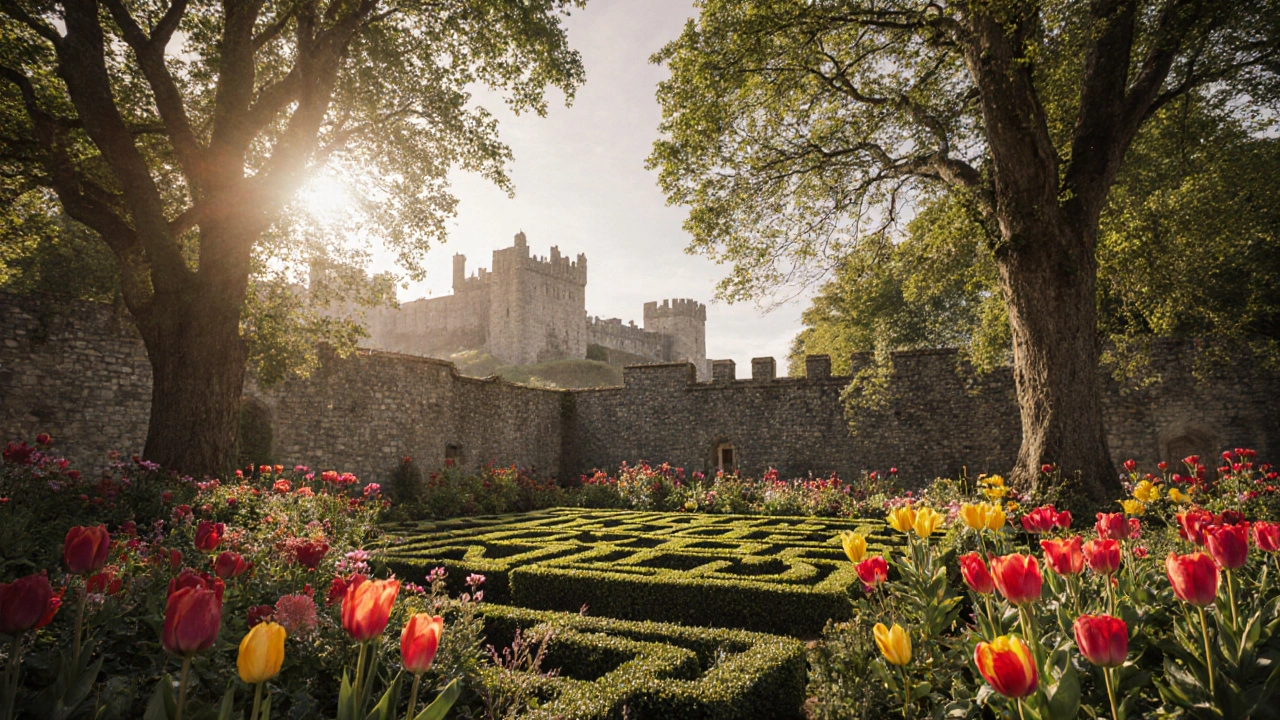Garden Design in Fife: Accessible, Sustainable, and Local-Scale Ideas
When you think about garden design, the intentional planning and layout of outdoor spaces to meet human needs and environmental conditions. Also known as landscape design, it’s not just about pretty flowers—it’s about making spaces that work for real people, in real places like Fife. A good garden in Fife doesn’t copy a magazine photo from southern England. It handles wind, rain, clay soil, and short growing seasons. It’s built for people who use mobility scooters, sit on benches to watch birds, or need clear paths to reach their tomatoes without tripping.
That’s why accessible garden seating, fixed, sturdy, and strategically placed benches that support safe, comfortable outdoor rest matters. It’s not an afterthought. It’s part of the plan. Same with sustainable gardening, growing plants in ways that reduce water waste, avoid chemicals, and support local wildlife. In Fife, that means using native shrubs like hawthorn and rowan that don’t need feeding or extra watering. It means collecting rainwater in barrels, not relying on the tap. It means leaving a patch of long grass for bees and beetles, not keeping everything tidy for show.
You’ll find these ideas echoed in real places nearby. The Royal Botanic Garden Edinburgh, a world-class collection of over 13,000 plant species used for research, conservation, and public enjoyment shows how design can balance beauty and function. Dawyck Botanic Garden in the Borders proves that even small, high-altitude plots can hold rare trees and quiet walking routes. These aren’t just tourist spots—they’re working models. They show how paths slope gently for wheelchairs, how seating faces the sun, how mulch replaces plastic weed barrier. And in Fife, you don’t need a big plot to do the same. Even a balcony with a few pots of lavender and thyme can follow the same rules.
What you’ll find here isn’t theory. It’s what people in Crail, Anstruther, and smaller Fife towns are actually doing. How they’ve turned rocky backyards into safe, quiet retreats. How they’ve used local stone for paths instead of imported gravel. How they’ve added map apps to help visitors with low vision navigate garden trails. These aren’t fancy tricks. They’re smart, simple, and built to last through Scottish winters and summer showers alike. Whether you’re planning a full redesign or just adding a bench and a few native plants, the ideas below will help you build a garden that fits Fife—without trying to be something it’s not.

Castle Gardens and Grounds: Where History Meets Horticulture in Scotland
Caleb Drummond Nov 14 10Explore how Scotland's castle gardens blend centuries-old history with careful horticulture. Discover the plants, designs, and stories behind these living landscapes that still thrive today.
More Detail